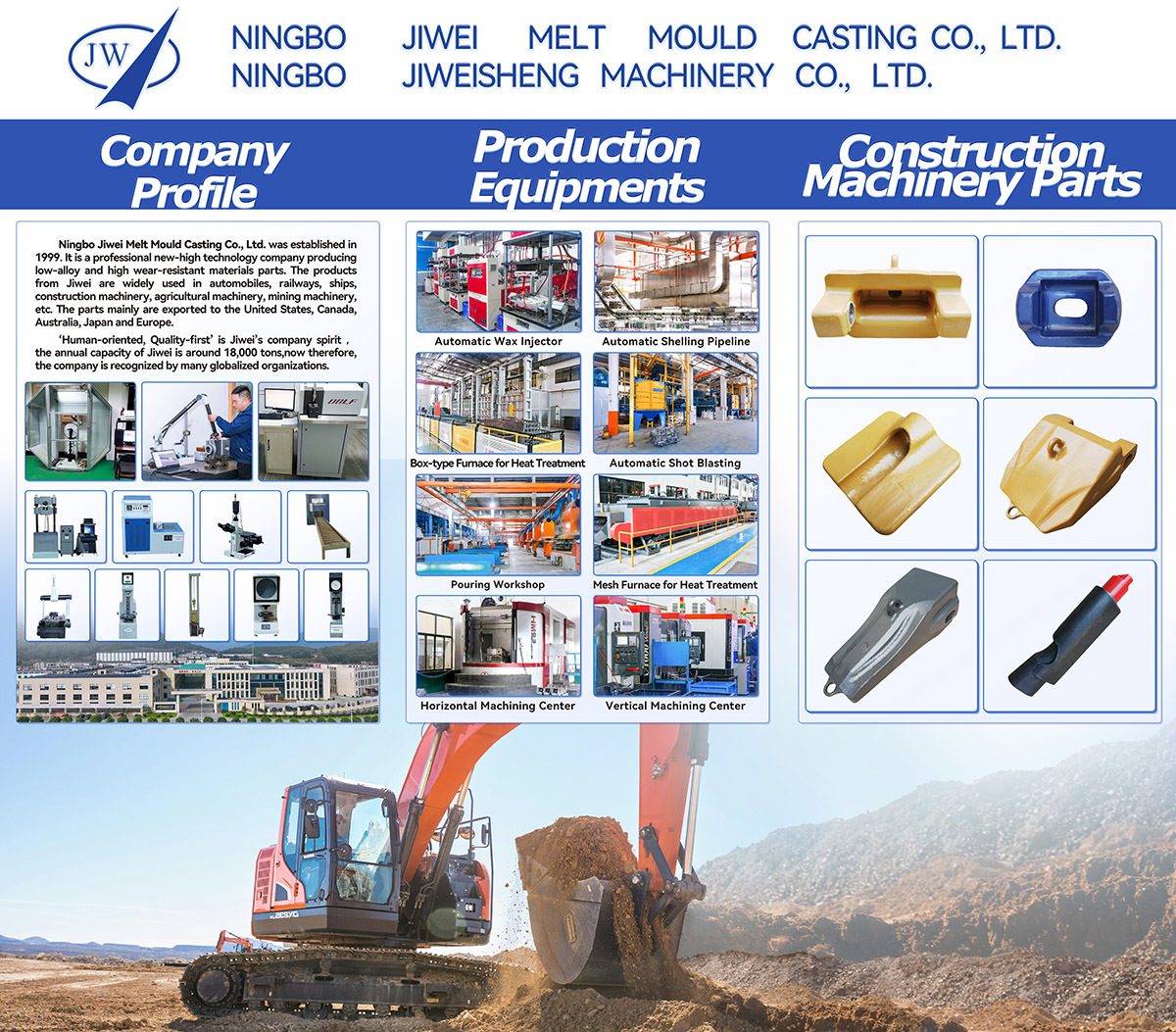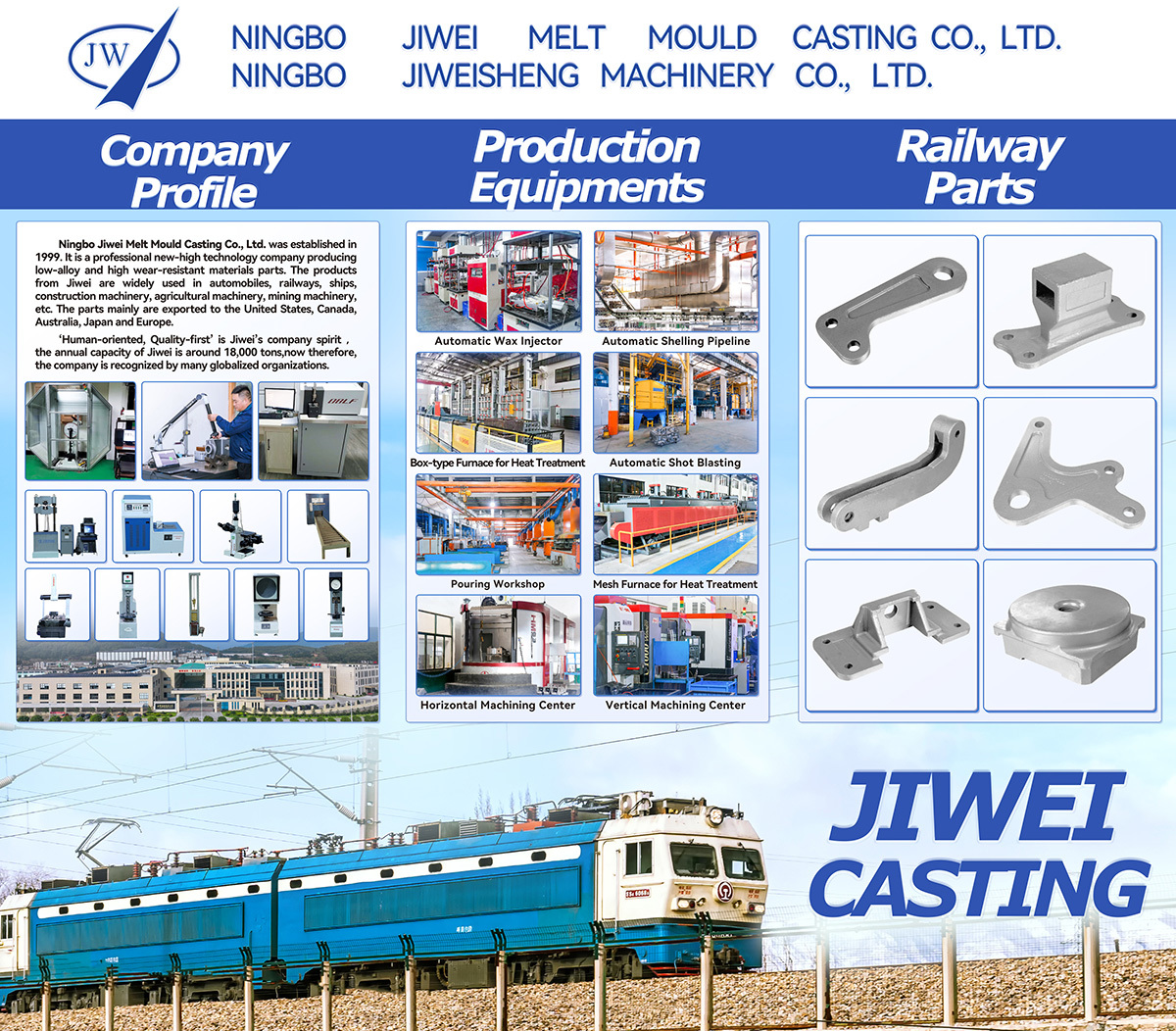17 Oct,2025
From Basics to Upgrades: Navigating the World of Auto Parts
From Basics to Upgrades: Navigating the World of Auto Parts Table of Contents Introduction to Auto Parts Understanding Basic Auto Parts Engine Components Electrical Systems Suspension and Braking Systems Upgrading Auto Parts for Performance Performance Enhancements Cosmetic
From Basics to Upgrades: Navigating the World of Auto Parts
Table of Contents
- Introduction to Auto Parts
- Understanding Basic Auto Parts
- Upgrading Auto Parts for Performance
- Installation and Maintenance of Auto Parts
- Choosing the Right Parts for Your Vehicle
- Common FAQs About Auto Parts
- Conclusion
Introduction to Auto Parts
Navigating the world of auto parts can be a daunting task for many. Whether you're a seasoned mechanic or a casual car owner, understanding the different components that make up your vehicle is essential for effective maintenance and enhancement. In this article, we will explore the fundamentals of auto parts, delve into upgrades, and provide guidance on installation and maintenance. By the end, you'll be well-equipped to make informed decisions that can enhance both your vehicle’s performance and longevity.
Understanding Basic Auto Parts
Before venturing into upgrades, it’s crucial to familiarize yourself with the basic components of your vehicle. Understanding how these parts function is fundamental to diagnosing issues and performing upgrades.
Engine Components
The engine is the heart of your vehicle. It converts fuel into mechanical energy, powering your car. Key components of the engine include:
- **Cylinder Block**: Houses the cylinders and provides structural support.
- **Pistons**: Move up and down within the cylinders, creating the power needed for motion.
- **Crankshaft**: Converts the linear motion of the pistons into rotational motion, allowing power to be transmitted to the wheels.
- **Valves**: Regulate the flow of air and fuel into the engine and exhaust gases out.
Understanding these components helps in identifying performance issues and making informed decisions about upgrades, such as installing a high-performance air intake or exhaust system.
Electrical Systems
The electrical system controls various components of the vehicle, including ignition, lighting, and entertainment systems. Key elements include:
- **Battery**: Provides the electrical energy required to start the engine.
- **Alternator**: Charges the battery and powers the electrical system while the engine is running.
- **Starter Motor**: Engages the engine to initiate the combustion process.
Modern vehicles often feature sophisticated electrical systems that can be upgraded with performance chips or advanced audio systems for enhanced driving experiences.
Suspension and Braking Systems
The suspension system ensures a smooth ride by absorbing shocks and maintaining tire contact with the road. Key components are:
- **Shock Absorbers**: Dampen the impact of road irregularities.
- **Springs**: Support the weight of the vehicle and allow for travel.
- **Control Arms**: Connect the suspension to the vehicle frame and allow for controlled movement.
The braking system is equally vital for safety, comprising parts such as:
- **Brake Pads**: Friction material that slows down the wheels when pressed against the rotors.
- **Rotors**: Disc-like components that work with brake pads to facilitate stopping.
Upgrading your suspension with performance shocks or your braking system with high-performance pads can significantly enhance your vehicle's handling and safety.
Upgrading Auto Parts for Performance
Once you have a good grasp of basic components, you can explore various upgrades to improve your vehicle's performance. Upgrades can range from enhancing aesthetics to boosting horsepower and handling.
Performance Enhancements
Performance enhancements focus on improving speed, acceleration, and handling. Consider the following upgrades:
- **Cold Air Intakes**: Increase airflow to the engine, improving combustion efficiency.
- **Exhaust Systems**: Enhance exhaust flow, resulting in better engine performance and sound.
- **ECU Tuning**: Reprogramming your vehicle’s engine control unit can optimize performance for increased horsepower and torque.
These enhancements can make a significant difference in your vehicle's driving dynamics, providing a more exhilarating experience on the road.
Cosmetic Upgrades
Cosmetic upgrades focus on the appearance of your vehicle, allowing for personalization and style. Popular options include:
- **Body Kits**: Enhance aerodynamics and give your vehicle a sporty appearance.
- **Custom Wheels**: Change the look and performance by upgrading to lightweight, stylish wheels.
- **LED Lighting**: Not only improves aesthetics but also enhances visibility and safety.
These upgrades can be tailored to reflect personal style while potentially improving aerodynamics and performance.
Installation and Maintenance of Auto Parts
Proper installation and regular maintenance are critical for ensuring the longevity and performance of your vehicle's parts.
Installation Tips
- **Follow Manufacturer Instructions**: Always refer to the manufacturer's guidelines to ensure correct installation.
- **Use the Right Tools**: Ensure you have the appropriate tools for the job, which makes the process smoother and safer.
- **Double-Check Connections**: After installation, double-check all connections and fittings to prevent issues down the line.
Maintenance Practices
- **Regular Inspections**: Frequently check your vehicle’s components for wear and damage.
- **Keep Receipts**: Maintain records of all parts purchased and work done to track performance and warranty statuses.
- **Schedule Professional Inspections**: Having a professional mechanic evaluate your vehicle can help identify potential issues before they become severe.
These practices not only contribute to better performance but also enhance safety and reliability.
Choosing the Right Parts for Your Vehicle
Selecting the right parts is crucial for achieving the desired performance and reliability. Consider the following factors:
- **Compatibility**: Ensure that any part you choose is compatible with your specific make and model.
- **Quality**: Opt for reputable brands known for durability and performance.
- **Price**: Balance cost with quality; sometimes, investing a little more yields better results in the long run.
Researching and comparing options will empower you to make decisions that align with your performance goals and budget.
Common FAQs About Auto Parts
1. What are the most common auto parts that need replacement?
Commonly replaced parts include brake pads, batteries, tires, and filters. Regular maintenance can prolong the life of these components.
2. How can I tell if I need to upgrade my auto parts?
Signs that indicate the need for upgrades include decreased performance, unusual noises, or visible wear and tear on components.
3. Can I install auto parts myself?
Many parts can be installed by DIY enthusiasts, but complex systems may require professional installation to ensure safety and reliability.
4. How do I know if an upgrade is worth the cost?
Consider the expected performance improvements, longevity of the part, and whether it aligns with your driving needs and lifestyle.
5. What should I look for in a quality auto part supplier?
Look for suppliers with good reviews, a wide selection of quality parts, reasonable return policies, and knowledgeable staff to assist you.
Conclusion
Navigating the world of auto parts encompasses understanding the basics, exploring upgrades, and ensuring proper installation and maintenance. As car enthusiasts or casual owners, enhancing your vehicle’s performance and appearance is achievable with informed decisions. Whether you opt for essential replacements or exciting upgrades, mastering auto parts will lead to an enriched driving experience and a long-lasting relationship with your vehicle. Engage with the automotive community, conduct thorough research, and embrace the journey of upgrading and maintaining your vehicle, ensuring it performs at its best for years to come.







